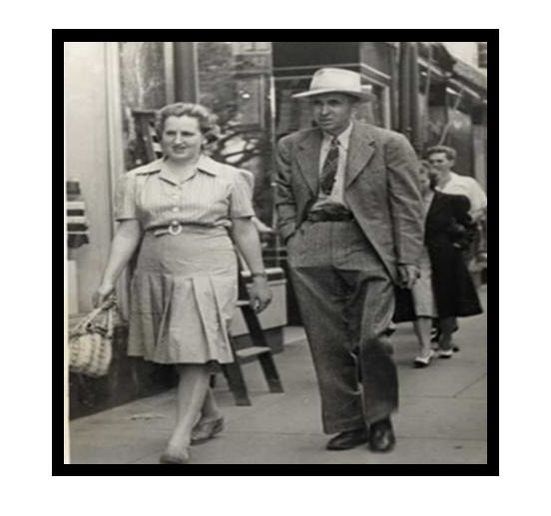|
MAY 2019 IS THE 25TH ANNIVERSARY OF ALUMNI & FRIENDS OF SEMMES SCHOOL, INC., AKA SEMMES HERITAGE PARK.
8 Looking back lest we forget the beginnings! May 1994 A group of volunteers, citizens, students and former students rallied together with the goal of preserving Semmes 1902 one room school. July 18, 1994 The group was incorporated as Alumni & Friends of Semmes School, Inc., a 501(c)(3) nonprofit organization. August 25, 1994 The one room Semmes school was declared an Alabama Historical Landmark. 1998 The school was returned to its original site. 1999-Restoration Completed – A replica of Mt. Pleasant Church was built on its original site beside the school. May 5, 2001- Dedication of the Park - May Day Celebration. EVENTS AND ACTIVITIES 2003 President Calvin Tanner appointed Jeanette Byrd Events Chair. May 2003 First Annual Heritage Day-: open house, old fashioned children’s games, and square dance demonstration by special group called Square Deal Square Dancers and Music - the Deep South Dulcimers. Food-Served Wash Pot Soup and Fried Corn Bread. September 2004 –Student Field Trips began. First student field trips were second grade classes from E. R Dickerson Elementary School and the University of Mobile History of Education class. December- 2012-Old Fashioned Christmas Began- Carolyn Owens has served as chair since 2014. October 2012-Selection of Camellia Maids ( Before we had the Camellia Maids, The Oakley Bells from Mobile and MGM Azalea Trail Maids assisted on Heritage Day.) January 2013- Restoration of Camellia Festival held at Semmes Public Library. (Alice Baker has served as chair since 2016.) May 2013- Purchase of the Log cabin for teaching purposes and historical displays. 2018 Heritage Day- Students from MGM Robotics Team and Electric Car teams were added as exhibitors. One of our goals is to not only remember the past, but look to the future.
0 Comments
An interview with Sarah Phelps Wilson, 2018
Jeanette Byrd Sarah is a descendent of the pioneer families of Semmes. According to the BLM land Records, Willis Waltman was issued a homestead patent for 80.24 acres 7/2/1904. Sarah Whiting and James H. Allen were issued a homestead patent for 161.19 acres in 1879. Her great, great Grandparents- were Damon Blanche Waltman and Elizabeth Francis Henderson, and her Great Grandparents-Willis Master Waltman- and Melinda Tempy Whiting and grandparents Eddie Baker Waltman and Ella Mabel Lewis Sarah’s mother and father were Alice Imogene Waltman Phelps and Alfred Henry Phelps. Sarah’s father was a Merchant Marine and later he became a farmer. Even when he was in the Merchant Marines he had an interest in growing things. In his travel, he collected different varieties of pecan trees which he brought home to Semmes. The Pecan is native to south-central North America with different varieties growing in different regions. Calvin Tanner was living on the Phelps property while Alfred was in the Merchant Marines, and would plant the trees for Alfred. Later on after leaving the Merchant Marines and marrying Imogene he began farming. Crops included vegetables, chickens, geese, peaches, pecans, chestnuts. A cow furnished milk for the family. The milk was rich and delicious with crème coming to the top that was used to make butter. Sarah said, “I loved to drink the milk after the crème had been skimmed off. Milk without crème was called blue john.” The main crop that he grew was chickens for their egg production. He became the supplier of fresh eggs for ships docked in Mobile. He had two chicken houses that were lined with shelves of nests for the chickens to lay their eggs. He would gather the eggs and candle them before taking them to the market. Candling is a process where a candle was placed behind the egg to be able to see in the shell to see if the egg was fertile and should be kept for hatching baby chicks. Fertile eggs were not sold but saved to produce more chickens. Eggs were placed in card board boxes for delivery to the state docks. Sarah said, “It was interesting to take the eggs down to the docks. The docks and buildings were open and you could drive right into the building on the docks to unload the eggs going on the ships.” People in Mobile would come out to purchase eggs and other fresh farm products. |
SemmesPreserving our History Archives
November 2023
|


 RSS Feed
RSS Feed